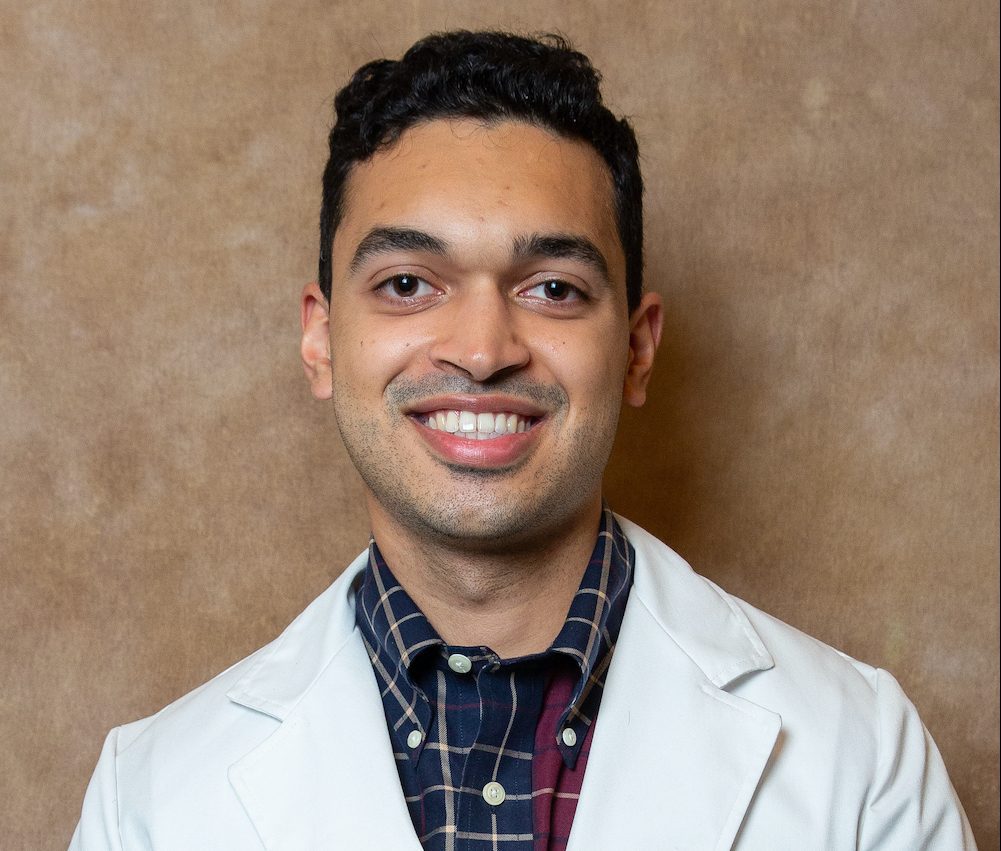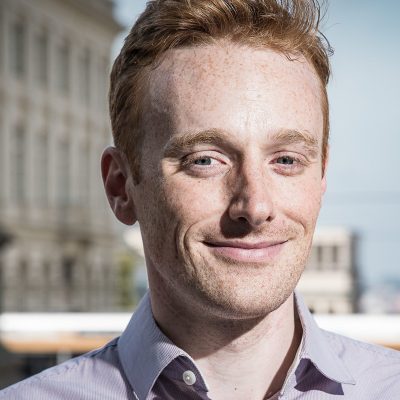Details
Article
Since 2011, the Syrian refugee crisis has been putting a strain on the healthcare systems of neighboring countries such as Lebanon, Turkey, and Jordan. It has led to a generation of children being potentially unvaccinated and lacking basic healthcare, which could have disastrous consequences. These may include resurgence of diseases that are close to being eradicated such as polio and measles. (1, 2) There is a need for hosting countries to provide adequate and long-term healthcare. According to the 2019 UNHCR fact sheet, Jordan hosts the second highest share of refugees per capita.
It has been recently reported that the main health needs of refugees in Jordan have not been adequately covered. (3) Needs like primary health care, treatment of chronic diseases, pre-natal, and post-natal care could be met with the current healthcare infrastructure in Jordan; however, because of the systemic challenges of treating an ever-increasing refugee population they have not been able to. (3) The rate of refugees crossing the Jordanian border has outstripped the ability of the Jordanian government to adequately assess and treat the health of the refugee population in Jordan. (4) Most refugees in the country live in host communities and some live in camps such as Za’atari.
The rate of refugees crossing the Jordanian border has outstripped the ability of the Jordanian government to adequately asses and treat the health of the refugee population in Jordan. Most refugees in the country live in host communities and some live in camps such as Za’atari.
Within the camp, the needs of those living there have already exceeded the camp’s original infrastructure. This has led to sanitation problems along with problems in accessing healthcare. (5) Medical care is provided for registered refugees by various agencies, for free. However, this medical care only prioritizes urgent care and emergencies. (6) With the long duration of the instability in Syria, healthcare needs such as chronic diseases and routine physical examinations must be included, and yet they are neglected. Furthermore, not all refugees are aware of how to access the health care provisions that may be available to them. As such, there have been efforts to make refugee populations conscious of the healthcare resources available to them. (7)
For documented refugees, the healthcare that is provided in the camps is acceptable. Therefore, there is a perception that refugees have adequate access to healthcare. However, only 17% of refugees live within refugee camps.
For documented refugees, the healthcare that is provided in the camps is acceptable. Therefore, there is a perception that refugees have adequate access to healthcare. However, only 17% of refugees live within refugee camps. (8) Outside of the camps, refugees experience a different set of challenges. The connected and compounding barriers for unregistered Syrian refugees are more prevalent. Unregistered refugees typically experience a long wait time for their interview with the UNHCR. Until the interview, they have to pay out of pocket for medical services. However, unregistered refugees also experience financial strains when trying to obtain documentation, which is a necessary criterion before accessing financial help. This vulnerable group of refugees lacks both finances and documentation. They will continue to rely on temporary forms of healthcare such as NGOs and home remedies while failing to participate in healthcare systems. (9) Free services by the Jordanian government are typically only available for refugees who are registered and located within the camps; therefore, are limited for refugees located elsewhere within Jordan.
Typically, healthcare during times of forced migration such as the Syrian conflict have been focused on management of communicable diseases. However, as the Syrian conflict has extended over time healthcare must shift focus from immediate needs and communicable diseases to long term health needs of the refugee population
Typically, healthcare during times of forced migration such as the Syrian conflict have been focused on management of communicable diseases. However, as the Syrian conflict has extended over time healthcare must shift focus from immediate needs and communicable diseases to long term health needs of the refugee population. (10) Responses in Jordan are currently struggling to provide healthcare focused on chronic and long-term health problems of the refugee and asylum-seeking population in Jordan. This healthcare includes access to primary healthcare which refugees do not have access to in Jordan.
Initially, refugees were offered free healthcare in public healthcare centers in Jordan. And yet, in 2014, Jordanian authorities added user fees. If the refugee does not have the proper documentation, they are required to pay an amount that is 60% higher than the non-insured Jordanian rate.
However, when refugees do get access to primary healthcare services the costs are unreasonable in Jordan. Initially, refugees were offered free healthcare in public healthcare centers in Jordan. And yet, in 2014, Jordanian authorities added user fees. If the refugee does not have the proper documentation, they are required to pay an amount that is 60% higher than the non-insured Jordanian rate. (9) This barrier to healthcare is especially problematic in the case of refugee children born to mothers in unregistered marriages, where the children are unregistered and do not have access to healthcare. (9)
Another sector of healthcare that is mainly unavailable for refugees in mental health coverage. With regards to mental health, refugees are in an especially precarious situation because mental health is a prominent problem for refugee populations and the stigmatization of mental healthcare further exacerbates the problem. Further compounding refugee mental health is the lack of awareness surrounding mental healthcare options available in the camps. (11) Outside of the camps for refugees who are unregistered, mental healthcare is typically not an option. Unregistered refugees are more likely to experience trauma and mental health related illnesses, which makes them a vulnerable and neglected population in Jordan.
Outside of the camps for refugees who are unregistered, mental healthcare is typically not an option. Unregistered refugees are more likely to experience trauma and mental health related illnesses, which makes them a vulnerable and neglected population in Jordan.
The primary barrier of proper documentation is one that could be solved by increased flexibility when it comes to documentation. Another solution would be to speed the process of obtaining documents and making it less expensive. The second barrier of long term non-communicable healthcare could be resolved by more involvement from the international community. Especially in the refugee camps primary healthcare and general practitioners are required to adequately treat the everyday health needs of the refugee population. Lastly, the barrier for refugees living outside the camp are typically associated with lack of proper documentation. With more support from neighboring countries and the international community, these problems can be addressed to improve the healthcare of refugee population in Jordan.
This article was co-authored by Senior Fellow Adi Mittal and by Haitham Bashier
References
- 1) Roberton, T., Weiss, W., Jordan Health Access Study, T., Lebanon Health Access Study, T., & Doocy, S. (2017). Challenges in Estimating Vaccine Coverage in Refugee and Displaced Populations: Results From Household Surveys in Jordan and Lebanon. Vaccines, 5(3), 22. doi:10.3390/vaccines5030022
- 2) Petersen, E., Baekeland, S., Memish, Z. A., & Leblebicioglu, H. (2013). Infectious disease risk from the Syrian conflict. International Journal of Infectious Diseases, 17(9), e666-e667. doi:10.1016/j.ijid.2013.06.001
- 3) Doocy, S., Lyles, E., Akhu-Zaheya, L., Burton, A., & Burnham, G. (2016). Health service access and utilization among Syrian refugees in Jordan. International journal for equity in health, 15(1), 108-108. doi:10.1186/s12939-016-0399-4
- 4) Alshoubaki, W., & Harris, M. (2018). The impact of Syrian refugees on Jordan: A framework for analysis. Journal of International Studies, 11, 154-179. doi:10.14254/2071-8330.2018/11-2/11
- 5) Van der Helm, A., Bhai, A., Coloni, F., Koning, W., & Bakker, P. (2017). Developing water and sanitation services in refugee settings from emergency to sustainability – the case of Zaatari Camp in Jordan. Journal of Water Sanitation and Hygiene for Development, 7, washdev2017107. doi:10.2166/washdev.2017.107
- 6) Pottie, K., Batista, R., Mayhew, M., Mota, L., & Grant, K. (2014). Improving delivery of primary care for vulnerable migrants: Delphi consensus to prioritize innovative practice strategies. Canadian family physician Medecin de famille canadien, 60(1), e32-e40. Retrieved from https://www.ncbi.nlm.nih.gov/pubmed/24452576
- 7) Chiarenza, A., Dauvrin, M., Chiesa, V., Baatout, S., & Verrept, H. (2019). Supporting access to healthcare for refugees and migrants in European countries under particular migratory pressure. BMC Health Services Research, 19(1), 513. doi:10.1186/s12913-019-4353-1
- 8) (UNHCR), U. H. C. f. R. (2019). Global Trends: Forced Displacement in 2018. Retrieved from https://www.unhcr.org/5d08d7ee7.pdf
- 9) Flynn, C. (2016). Healthcare Access for Syrian Refugees Lacking Legal Documentation in Jordan. Independent Study Project (ISP) Collection. Retrieved from https://digitalcollections.sit.edu/isp_collection/2372
- 10) Ay, M., Arcos Gonzalez, P., & Castro Delgado, R. (2016). The Perceived Barriers of Access to Health Care Among a Group of Non-camp Syrian Refugees in Jordan. Int J Health Serv, 46(3), 566-589. doi:10.1177/0020731416636831
- 11) Bäärnhielm, S. (2016). Refugees’ mental health—a call for a public health approach with focus on resilience and cultural sensitivity. European Journal of Public Health, 26(3), 375-376. doi:10.1093/eurpub/ckw055




